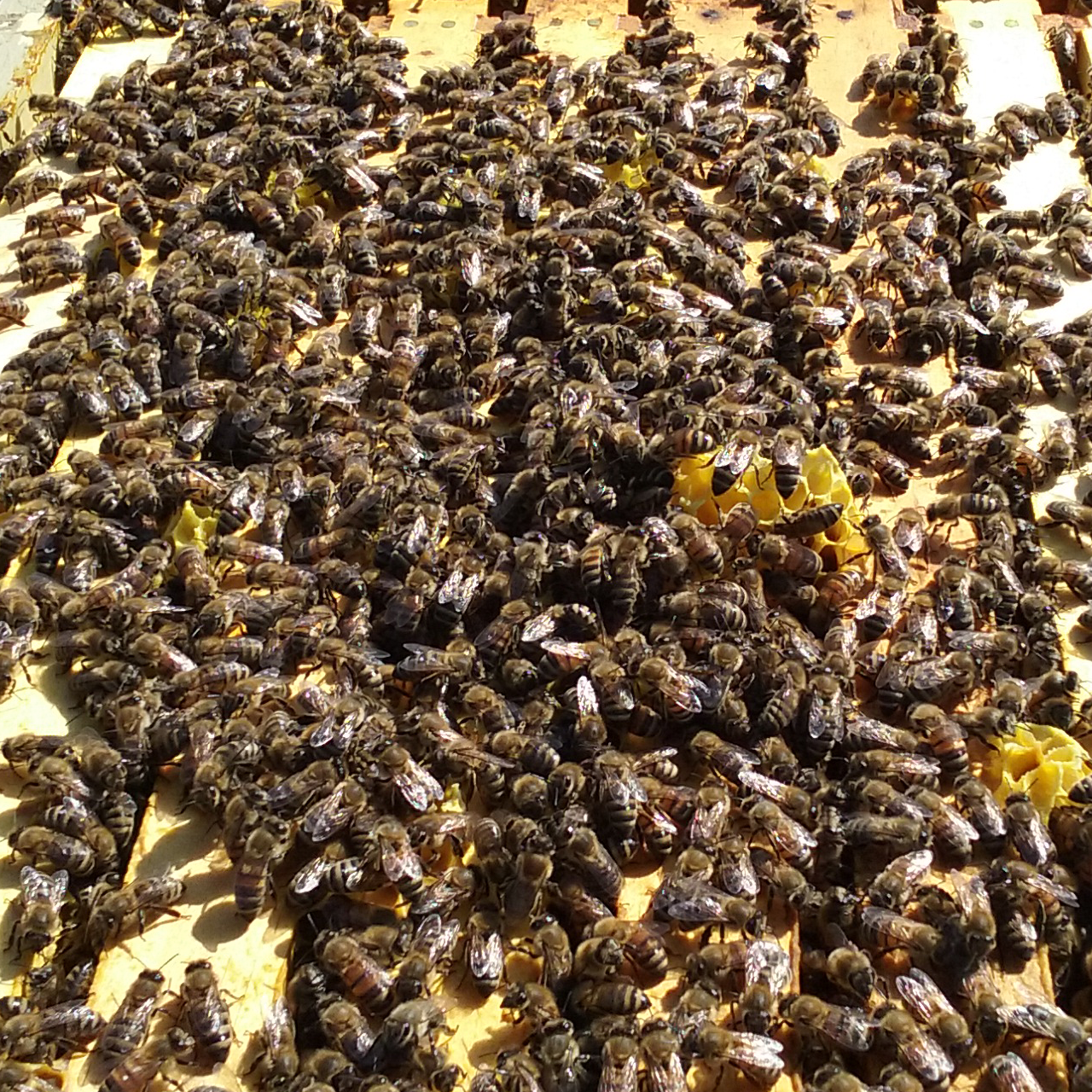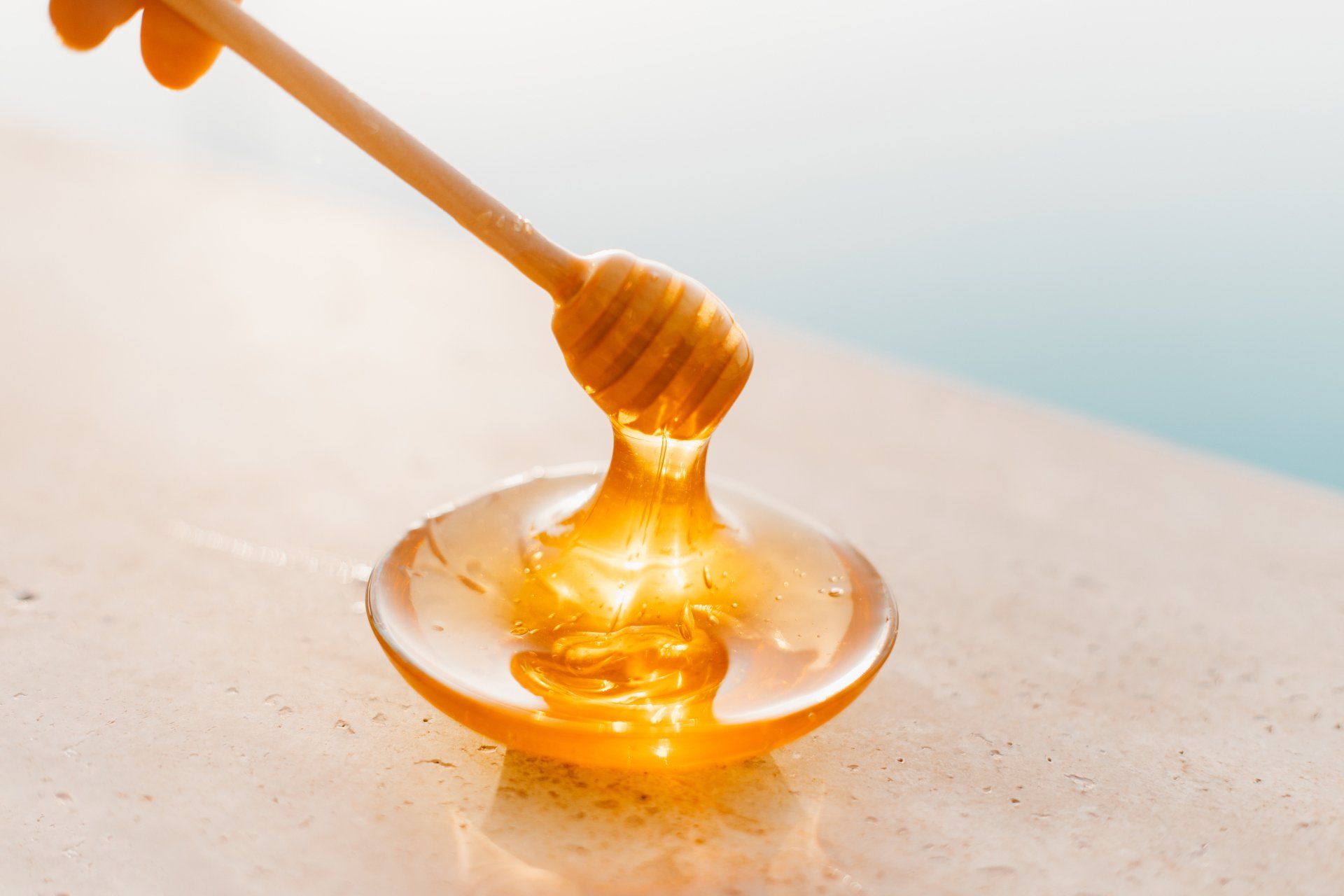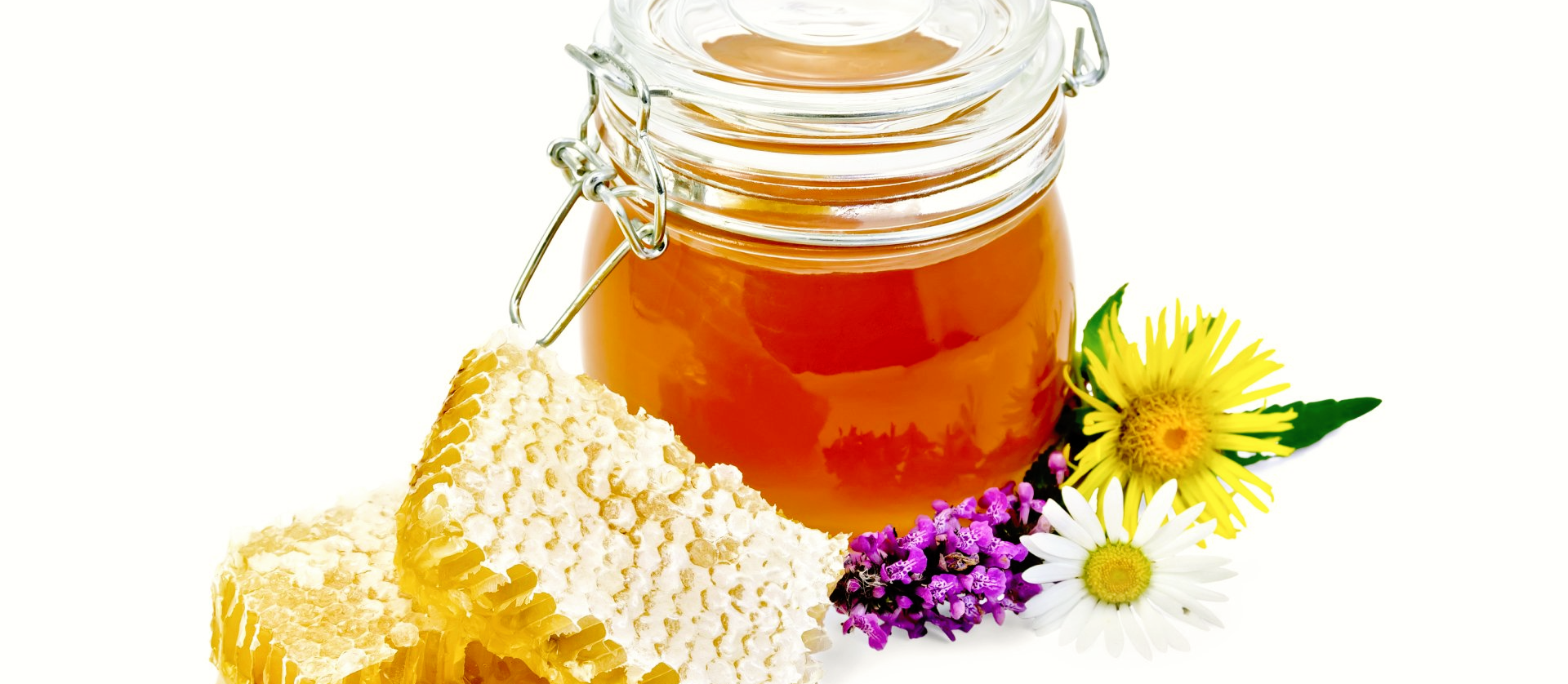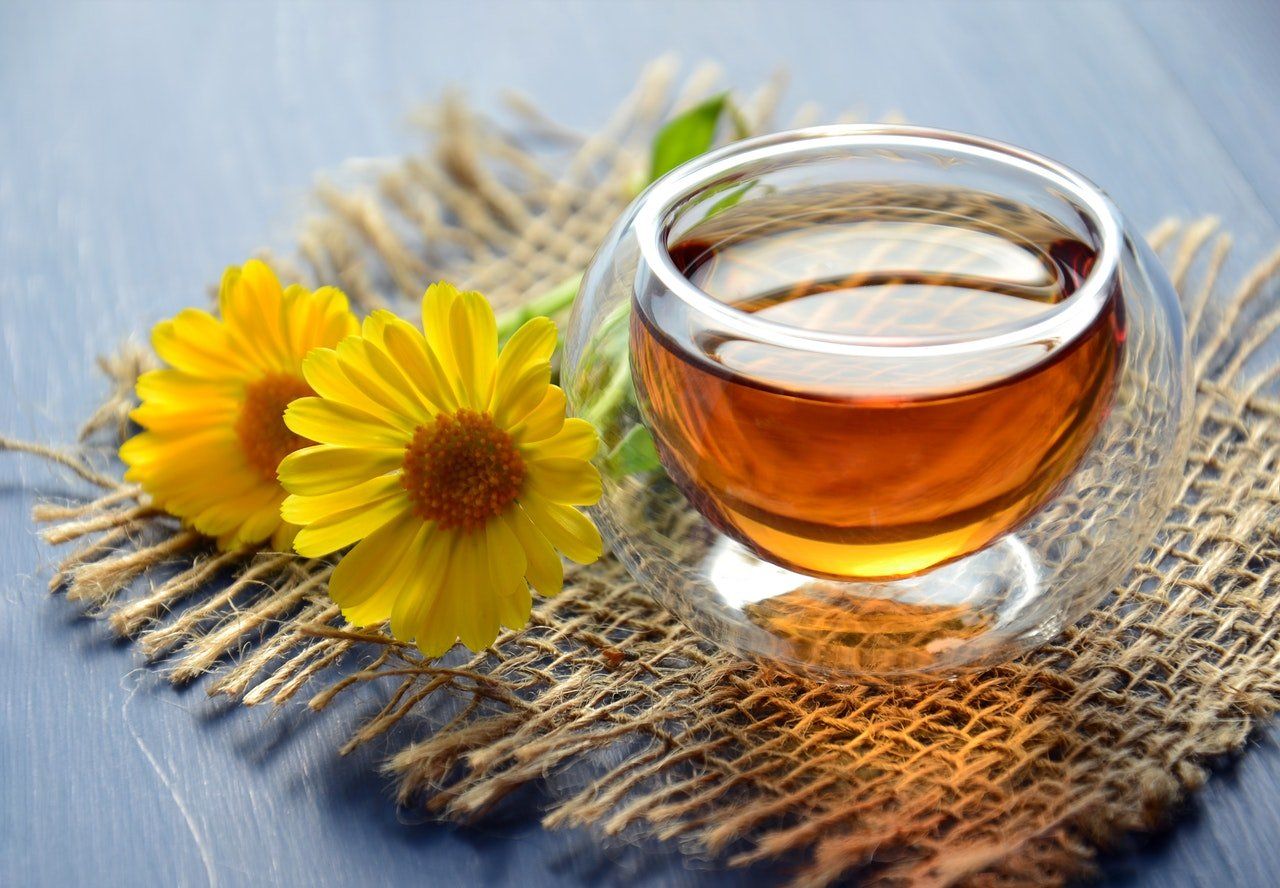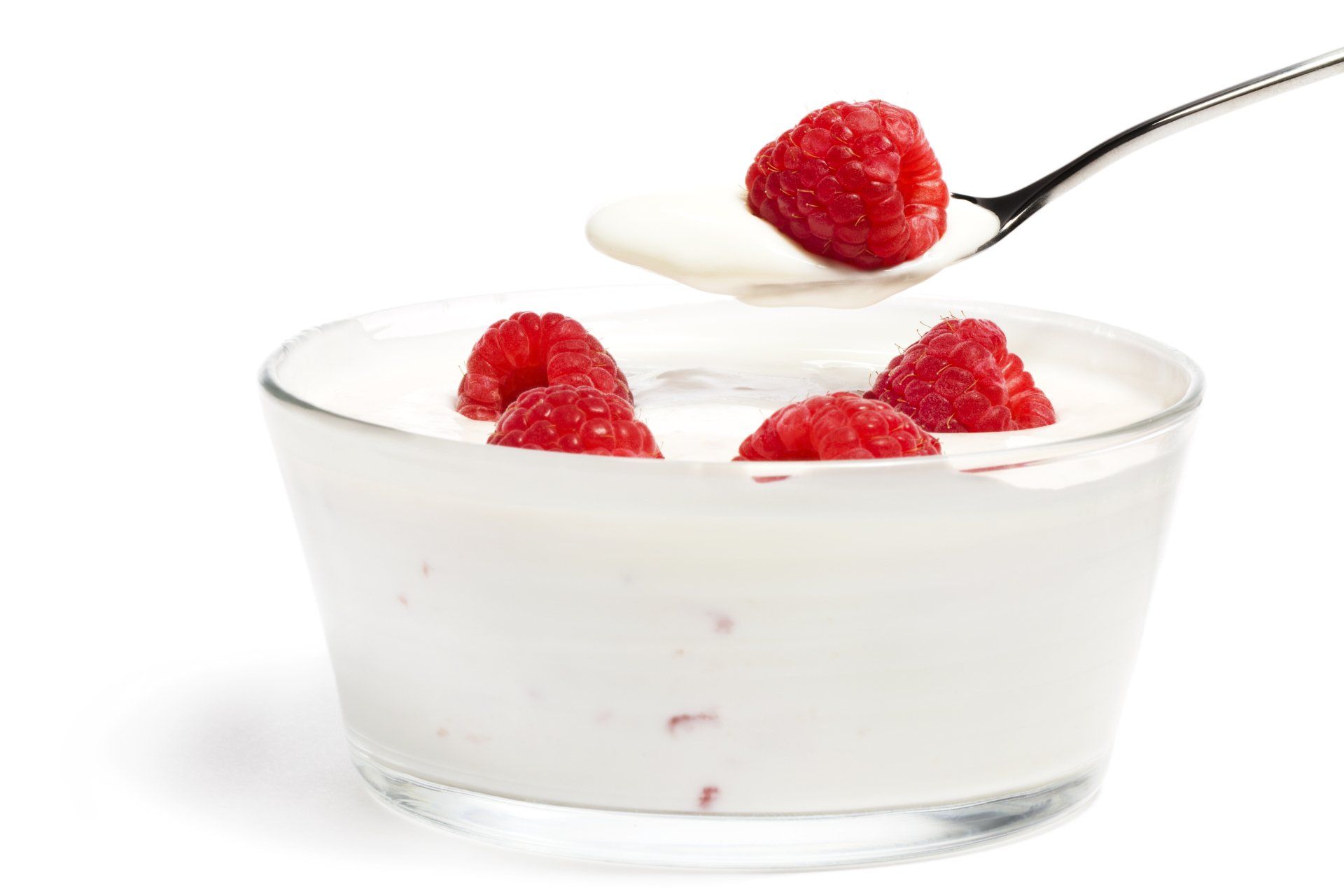Prairie Ridge Honey Farm - Let's Talk About Honey: Part 2
Some honey that is processed for the consumer goes through a process that involves the application of high heat. Not all honey is subjected to high heating methods. Do you have questions about heated honey and non-heated honey? You're in the right place!
Heating It Up – Honey That Is
Food processing along with the addition of high heat have been companions for hundreds of years. Some quick examples include pasteurized milk, soups, and fruit juices. But the list of heat processed foods does not stop there. It may surprise you that honey, in some cases, is high heat processed too. Typically, this heating process is known as flash heating. High temperature heat processing (flash heating) of honey is a process born more out of convenience used by larger, commercial sized honey packers. However, honey that is not flash heated is by no means disqualified as a high-quality food fit for your table. So, it’s time to look more closely at high heat processed honey and some questions that may arise. There are motivations behind the use of the flash heating process as you will soon find out. Also, there are end affects with honey that is flash heated. But it’s worth repeating that honey of the highest quality can be produced without high temperature heat processing. In fact, some honey connoisseurs prefer honey that has not been “heated up”.
With that said, I welcome you to Let’s Talk About Honey – Part 2. In this post, honey processing methods using high heat will be visited and what major after affects can be expected with honey as a result of using flash heating. So, without further delay, let’s visit this topic further.
The heat processing of some foods has been around for a long, long time. One of the most common high heat food processing applications is well known – the pasteurization of milk. When milk undergoes pasteurization, it is rapidly heated and then stored. Methods can vary in order to accomplish the process but it is a requirement that the milk’s temperature be elevated significantly by heat. Typically milk temperatures are raised to 145 degrees F for 30 minutes or to 160 to 180 degrees for 15 seconds. The desirable results of high heat pasteurized milk include longer shelf life as well as the elimination of disease-causing microorganisms.
High heat processing procedures are recruited in other food processing arenas as well. My daughter works at a plant that processes frozen fruits where the end product is fruit syrup. In a recent discussion that I had with her; she described the process that was used pretty elaborately. She reported that once the juice/syrup is separated from the frozen fruit, it undergoes a cooking process. The syrup is brought rapidly to a temperature of 160 degrees to 180 degrees F for 15 to 20 seconds and then is rapidly cooled. The syrup is then stored in air tight storage containers where exposure to open air is eliminated. The end product is fruit syrup that is sterilized once it enters the storage phase. You should take note of this process as there are close similarities between fruit syrup and honey. Both fruits and honey contain sugars as well as yeast. Herein lies the relationship between fruit syrup and honey. The threat of fermentation is a concern with both products due to the presence of yeast in combination with high water content (moisture). Sugars in the presence of yeast can ferment if moisture levels are higher. Without yeast, there would be little concern about this fermentation process of sugars. The bottom line is that high moisture honey can ferment. I will add that fermentation can largely be avoided even when high heat processing is not used.
Commercial, high volume honey packers commonly employ high heat processing. In most cases, the methods used to accomplish high heat treatment are nearly the same of the fruit syrup manufacturer that my daughter works for. My daughter called the heat phase of the process cooking. In the honey processing plant that uses high heat procedures, this phase of treatment is called flash heating. Flash heating involves rapidly raising the temperature of the honey to around 160 degrees F for a short period of time and then rapidly cooling it down. There are a number of reasons why flash heating is used by the bigger honey packing companies.
- time savings in bottling (honey flows more easily – more bottles can be filled in a shorter time frame)
- yeast is killed (reducing the chances of fermentation when high moisture honey is harvested and bottled)
- speeds up the micro filtering process as heated honey passes much more easily through microscopic filters
- permits the harvest and bottling of higher moisture honey (a lesser quality product may be the result)
- liquefies honey crystals that are present
At this point, you may have some questions about high temperature heated (flash heated) honey. Let’s visit some of the more important ones that may be of concern to you, the consumer.
- Are beneficial components present in honey after high heat treatment?
Answer: When honey is flash heated, most if not all of the beneficial components will be killed/eliminated. Although yeast is killed, the naturally present beneficial ones will be eliminated during flash heating too.
- Can you consume honey that is not flash heated and trust it as a safe product to eat?
Answer: Absolutely yes! An example of a natural honey product at this forefront is comb honey. It is 100% natural and offers many benefits due to its unaltered state. Studies have shown that honey that is not flash heated is more beneficial due to the presence of these naturally occurring, healthy components.
- Can fermentation be a problem with honey that is not flash heated?
Answer: Yes, it is potentially a problem – but only in certain situations. When honey is harvested, handled, and stored appropriately, fermentation is not a major concern at all. One of the most important factors that a honey processor must pay close attention to is the moisture content of the honey that is intended to be bottled or stored.
That point cannot be stressed enough. A beekeeper or honey packer cannot expect to offer honey of the highest quality when high moisture honey is bottled. At Prairie Ridge Honey Farm, honey moisture levels are continually measured and monitored during honey harvesting operations. We do not bottle high moisture honey. Generally speaking, the moisture content of harvested honey should be about 18.6 % and ideally below that. This helps to maintain a honey product of the highest quality.
In ending this post, I will admit that I have simplified some of the content. My goal was to give you a better basic perspective of high heat processing and what to expect with the end honey product. Stay tuned for “Let’s Talk About Honey – Part 3. It will be thought provoking!
